Banana plants are among the easiest of exotic plants to grow and new species are introduced all the time.
The hardy banana tree is actually an herbaceous perennial (the world’s largest) despite being referred to as a tree. What looks like a trunk is actually tightly bound banana leaves.
Bananas are either indoor (can go outside in the summer only) or hardy (can be planted in the ground permanently).
They are extremely fast growing plants and in a single season a banana tree can grow as much as 12 feet. Once the first frost hits, the hardy species of banana will die back and come back next spring.
Unlike Ensete ventricosum (the Abyssinian banana), the Musa species produce suckers (baby plants) and relatively soon create a large clump, radiating out from the original plant.
Either indoors or hardy, the bananas have a pretty small list of requirements and they all need to be “in generous amounts”: water, space, sun, and feed.
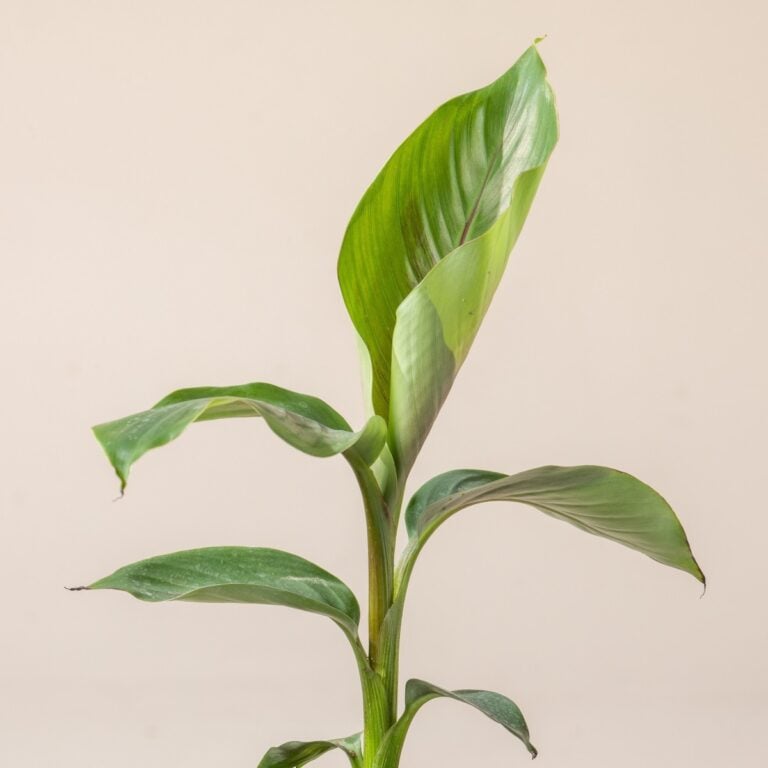
Positioning
For those venturing into the world of hardy banana plants in the UK, success hinges on strategic outdoor placement. Optimal growth is achieved when these resilient beauties are planted in a sheltered haven, shielded from the brisk winds that often characterize the British climate.
Selecting a sunny spot becomes paramount, as bananas revel in the warmth and vitality of direct sunlight, a condition that fosters their robust development. Ensuring that these tropical wonders are bestowed with the right microclimate sets the stage for a flourishing banana oasis in the midst of the UK’s temperate landscape.
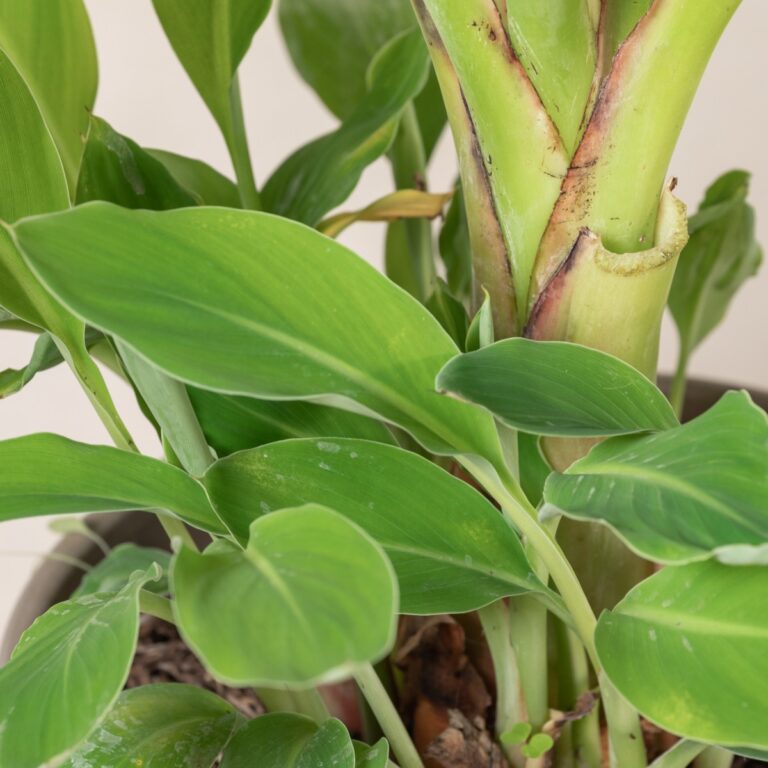
When to plant
Timing, too, plays a pivotal role in the successful cultivation of hardy banana plants. Late spring and summer emerge as the prime seasons for planting, providing the ideal conditions for these plants to acclimate and establish themselves.
The warmer temperatures and longer days of these seasons contribute to a smoother transition, allowing the hardy banana plants to put down sturdy roots and embrace their new environment.
By aligning planting efforts with the natural rhythms of the UK’s seasonal cycle, gardeners can unlock the full potential of their hardy banana plants, ushering in a touch of the tropics in the heart of the British outdoors.
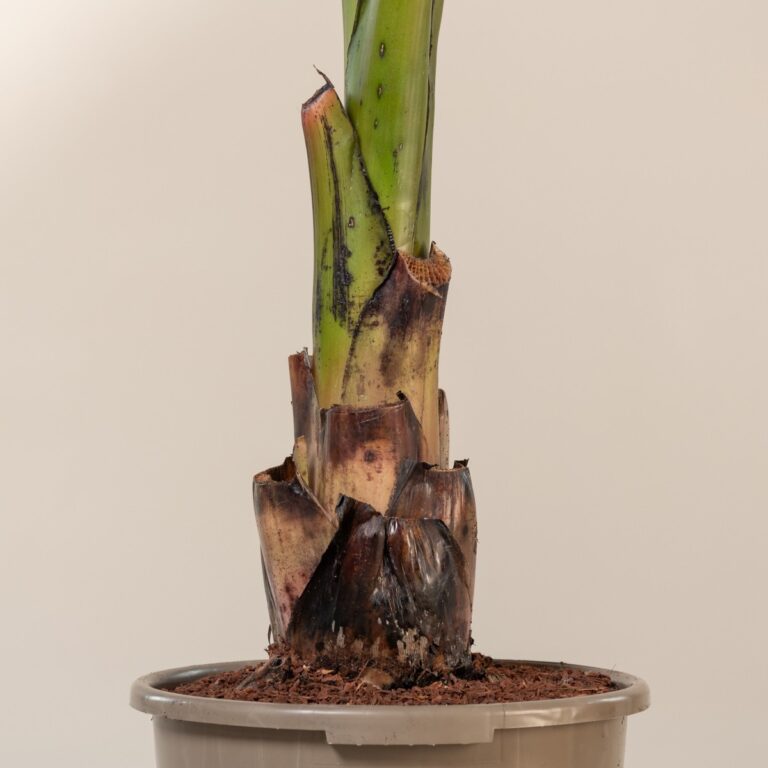
Growing outdoors
Hardy bananas are usually cultivated for their impressive size and fast growing habit. They manage in a single season to go from a bare stalk to a lush clump of massive leaves.
Most of the mature plants will be delivered as bare trunks without any foliage, especially if you buy them in spring. Don’t be scared though: as soon as they get repotted or planted in the ground, they’ll start pushing new massive leaves at an incredible rate, sometimes one every two weeks.
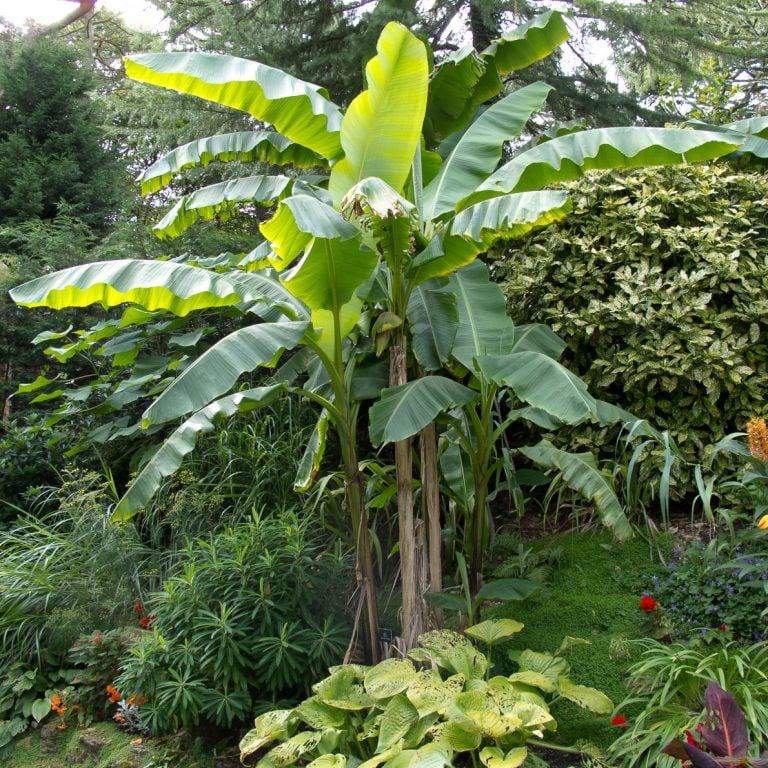
Soil
Bananas are thirsty plants , requiring generous watering during the growth period. However, they hate to have their roots sit in water.
If kept in a pot, banana plants will require a good quality rich soil or multi-purpose compost to draw nutrients from. When planting in the ground, you can backfill the planting hole with compost to give the plant a boost.
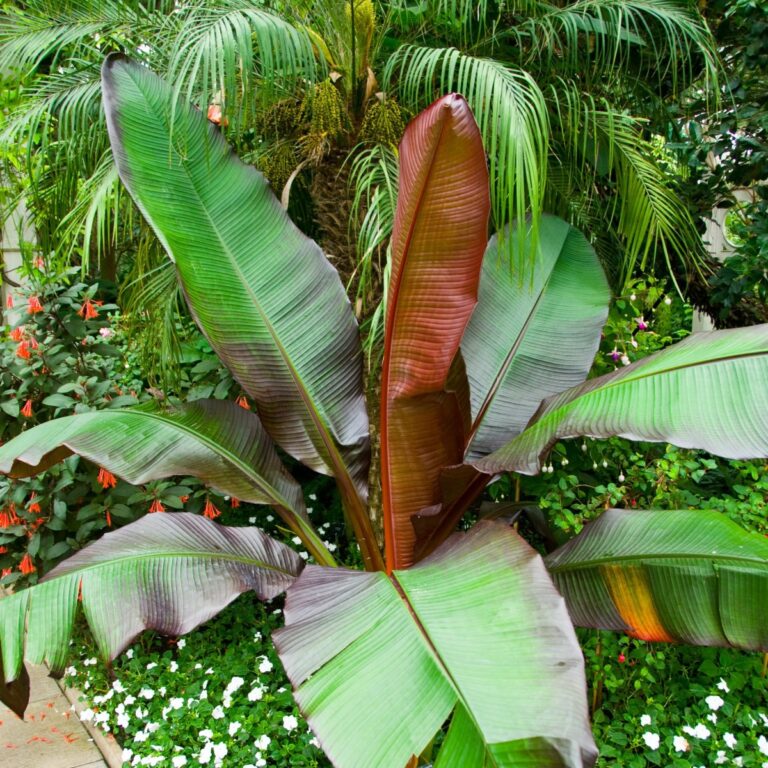
Feeding
All banana plants require heavy feeding due to their speed of growth. Any balanced fertilizer will do, e.g. liquid seaweed, Osmocote.
If using slow release fertiliser, apply it near the stalk base. Alternatively, soluble fertilisers can be used when watering the plant.
Feed during the active growing period, between March and September.